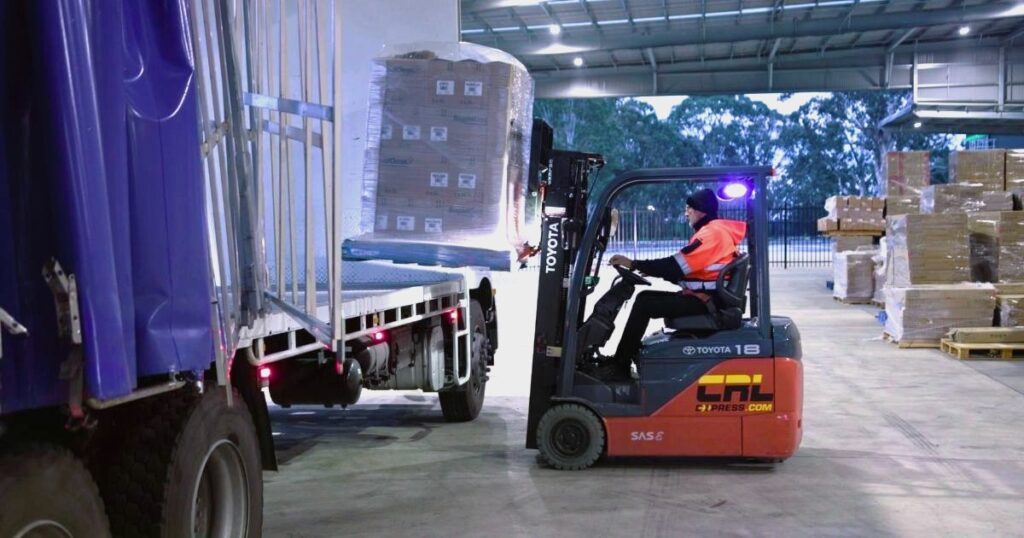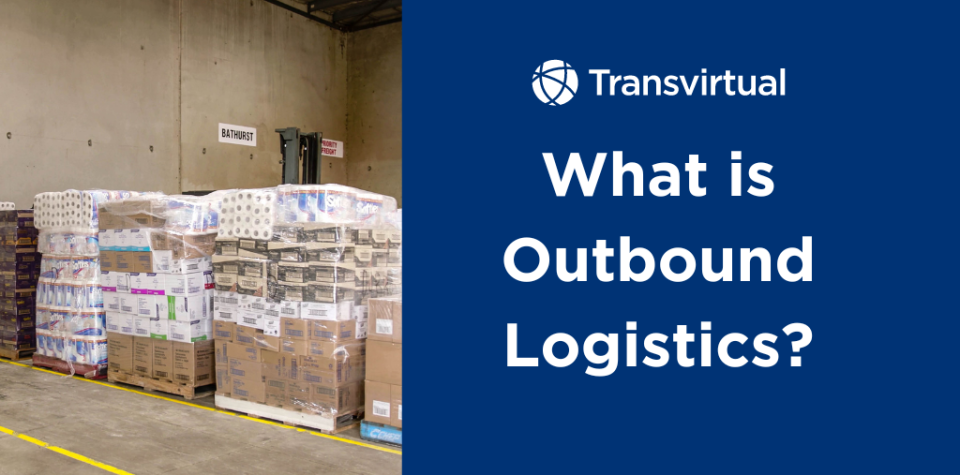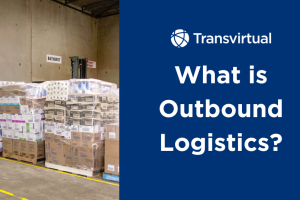Table of Contents
Outbound logistics is the process of storing, transporting, and delivering goods to end customers. Put simply, it’s all about how your business moves finished inventory out of your supply chain – and fulfills customers’ orders.
There are many factors that contribute to successful outbound logistics. These include optimising inventory management, order management, packaging procedures, and distribution networks.
Ensuring each order is prepared and delivered on time and in full is crucial to your business success. By streamlining your outbound logistics processes, you’re sure to reach your goals and improve your performance metrics.
In this article, we’ll explore the key strategies and tools to optimise your outbound logistics operations. But first, lets uncover key differences between outbound and inbound logistics.
Inbound and Outbound Logistics: Lets Discover Key Differences
In supply chain management, inbound and outbound logistics are essential for managing the movement and storage of goods.
The inbound logistics process refers to how your business initially receives goods and materials. Inbound logistics processes include:
Coordinating delivery from suppliers
Managing unloading and inspection of shipments
Storing items in warehouses
Maintaining accurate inventory records
Let’s provide a scenario to illustrate how the inbound logistics process works: A company orders raw materials from a supplier. Warehouse teams then ship and schedule the items for delivery. Upon arrival, the raw materials are inspected for quality and quantity and then stored in the appropriate warehouse. Finally, inventory records are updated to reflect the new stock levels.
Inversely, outbound logistics focuses on processes related to distribution. Key outbound logistics activities include:
Processing customer orders
Picking and packing
Shipping and delivering items to their final destination (typically the customer)
Overseeing efficient delivery through various distribution channels
To some extent, outbound logistics management also involves handling customer expectations during delivery.
Typically, your outbound logistics network works very differently and with different partners than your inbound logistics network. During inbound transit, raw material providers may ship their product directly to your location. During outbound transit, your finished products may be moved to a distribution warehouse that stores your goods. Then, a retailer ships them to other destinations to replenish their inventories as needed.
Because of these differences in outbound logistics vs. inbound logistics, it’s useful to separate them into these distinct categories. Optimising both is crucial for your business’s long-term success.
Core Components of Outbound Logistics Systems

When transporting your goods, it’s important to understand each of these stages: warehousing, inventory management, transportation, and last-mile delivery. Together, they fall under the umbrella of outbound logistics and relate directly to how your business runs smoothly and efficiently.
▶️ Warehousing
Warehouse management is the process of keeping your products safe and ready for a potential purchase. You may store them in your own warehouse or one owned by a third-party logistics provider.
▶️ Inventory Management
One of the most important considerations for any business is the way you pick, pack, and store your finished goods in the right place. Inventory management works best when it integrates with software, allowing you to instantly track and prepare your stock for shipment.
▶️ Transportation
Transportation operations include shipping products to distribution or fulfillment centers. This is usually handled by freight trucks, planes, or even ships.
▶️ Last-Mile Delivery
Last mile delivery is the final step of your outbound logistics process. This typically involves route optimisation, vehicle tracking, and capturing a Proof of Delivery.
Note that last mile delivery can significantly impact costs and profitability. Keep reading for tips to optimising it.
Optimising Outbound Logistics Processes
Improving your outbound logistics processes is all about leveraging the latest technologies and strategies. Transportation management systems is one such tool that can help you streamline your entire outbound logistics process, from order processing to managing customer expectations.
▶️ Route Optimisation
Finding the best routes for delivery drivers is crucial for quickly and efficiently getting your goods to distribution centres and customers.
However, this doesn’t always mean seeking the shortest route – most of the time, it’s about minimising external factors. Fortunately, route optimisation platforms can dramatically help with this process.
▶️ Dispatch Management
Meeting customer needs by delivering products on time and in the right place relies on effective dispatch management. You must match customer requests and have the delivery drivers needed to complete the transportation – every time. This requires reducing your service time and labor costs by assigning the right driver at the right time to ensure timely, complete deliveries.
Benefits of Optimised Outbound Deliveries
Improving your outbound delivery logistics will boost customer satisfaction and cut costs, leading to higher profits.
This means less money spent at the pump and fewer hours on the road for your drivers. Your business will keep that money, and your customers receive their products faster.
Delivery speed is actually ranked among the highest factors in customer satisfaction. That’s why so many people opt to pay for same-day delivery from their favorite retailers. If you speed up the time it takes you to get a products to a distribution centre or retailer, your customers won’t have to worry about exceedingly long wait times.
Optimised outbound logistics means fewer order cancellations, improved package deliveries, and happier customers. Remember, loyal, happy customers spend up to 36 percent more with their brands of choice in the future.
Overcoming the Challenges of Outbound Logistics
Overcoming the various challenges of outbound logistics may seem daunting at first. Fortunately, lots of businesses have been in the same position and have successfully found ways of pushing through and beating any obstacles.
If you’d like to dramatically improve your outbound logistics, the team at Transvirtual are here to help. Get in touch when you’re ready or book a free demo to see how it could help you grow your business.


